Integrative Care
This page only includes articles published in the last 5 years
A 2016 survey of nurse practitioners (NPs) and physician assistants (PAs) found conflicting results as to whether respondents viewed chiropractic as mainstream or alternative. Most participants reported having a lack of awareness of current scientific evidence for chiropractic but also indicated a positive interest in learning more about the profession. Participants were found to have substantial knowledge deficits in relation to chiropractic treatments and scope of practice.1
A 2016 study described a multidisciplinary survivorship care model for oncology patients. Each Patient Empowered Care (PEC) team includes a medical oncologist, naturopathic doctor, nurse care manager, and a nutritionist. Patient satisfaction and outcomes were found be improve by facilitating compliance with individualized lifestyle recommendations.2
The authors of a 2016 commentary conclude that there is currently no consensus as to how integrative care models should optimally be organized, implemented, replicated, assessed, and funded. The time may be right for prospective research in “best practices” across emerging models of IM care.3
Data from the 2012 National Health Interview Survey, Alternative Health Supplement, indicate that 41.2% of the LBP population used CAM in the past year, with higher use reported among those with limiting LBP. The most popular therapies used in the LBP population included herbal supplements, chiropractic manipulation, and massage; 58.1% of those who used CAM for their back pain perceived a great deal of benefit.4
A 2016 qualitative study examined the policy implications of politically defining complementary and alternative medicine (CAM) professions by their treatment modalities rather than by their full professional scope.5
A 2016 commentary described the chiropractic program in Switzerland. The MChiroMed program is a unique chiropractic curriculum that integrates medical and chiropractic education within a spiral curriculum at a Swiss university medical school. It is hoped that this curriculum model will be adopted by other countries and jurisdictions seeking to enhance the role of chiropractic in health care.6
A 2015 paper describes a set of competencies that will be taught to practitioners in a 45-hour online curriculum produced by the National Center for Integrative Primary Healthcare, to be used in primary care training programs.7
A 2016 systematic review states that Doctors of Chiropractic successfully collaborate with other providers in veteran and military health care settings to manage patients with complex health care needs.8
References
- Bowden BS, Ball L. Nurse practitioner and physician assistant students’ knowledge, attitudes, and perspectives of chiropractic. J Chiropr Educ. 2016;30(2):114-120. FREE FULL TEXT
- Doran K, Huynh N, Winters M. A model for coordinated delivery of individualized complementary and integrative medicine care for cancer survivors. J Clin Oncol. 2016;34(3_suppl):e286.
- Eisenberg DM, Kaptchuk TJ, Post DE, et al. Establishing an integrative medicine program within an Academic Health Center: essential considerations. Acad Med. 2016.
- Ghildayal N, Johnson PJ, Evans RL, Kreitzer MJ. Complementary and Alternative Medicine Use in the US Adult Low Back Pain Population. Glob Adv Health Med. 2016;5(1):69-78. FREE FULL TEXT
- Herman PM, Coulter ID. Mapping the health care policy landscape for complementary and alternative medicine professions using expert panels and literature analysis. J Manipulative Physiol Ther. 2016;39(7):500-509.
- Humphreys BK, Peterson CK. The Swiss Master in Chiropractic Medicine curriculum: preparing graduates to work together with medicine to improve patient care. J Chiropr Humanit. 2016;23(1):53-60.
- Kligler B, Brooks AJ, Maizes V, et al. Interprofessional competencies in integrative primary healthcare. Glob Adv Health Med. 2015;4(5):33-39. FREE FULL TEXT
- Green BN, Johnson CD, Daniels CJ, Napuli JG, Gliedt JA, Paris DJ. Integration of chiropractic services in military and veteran health care facilities: a systematic review of the literature. J Evid Based Complementary Altern Med. 2016;21(2):115-130.

